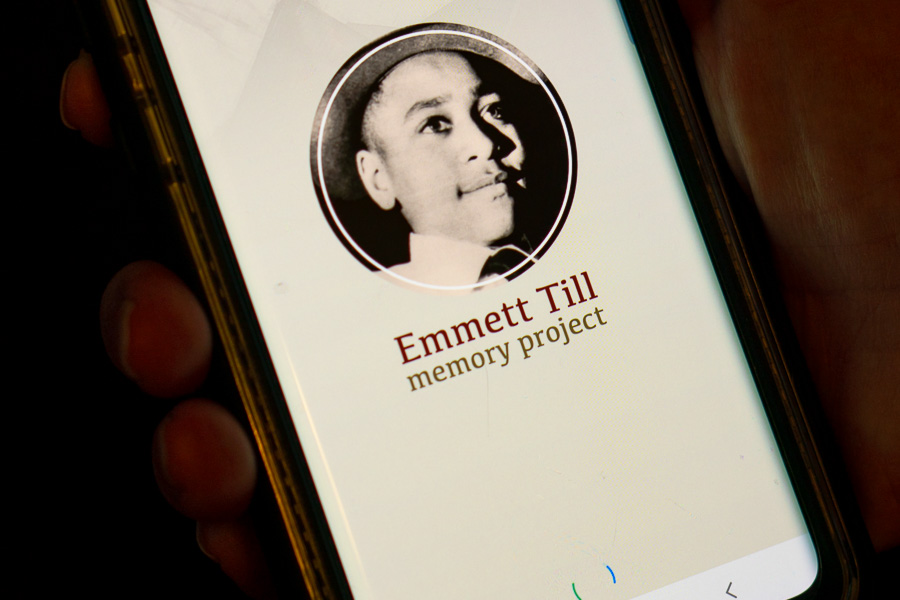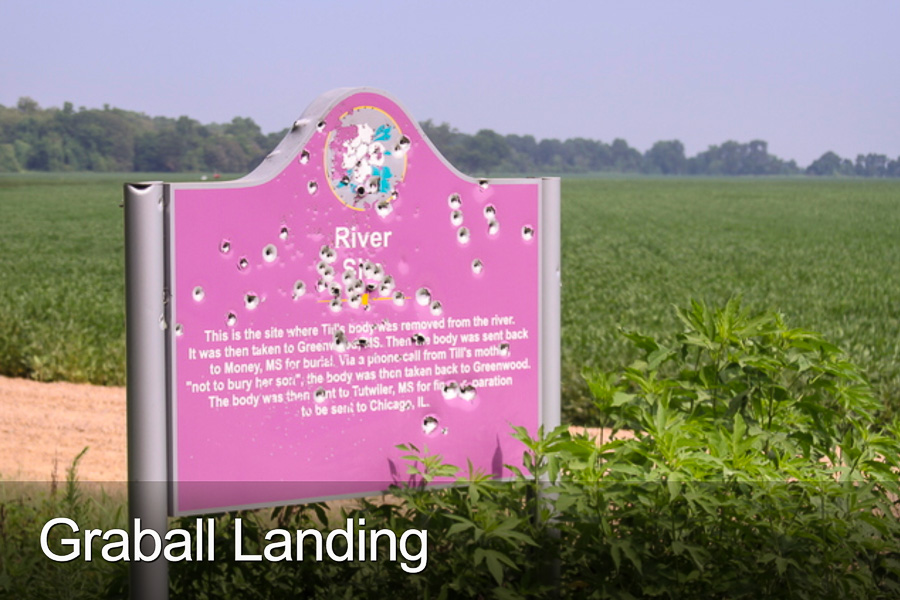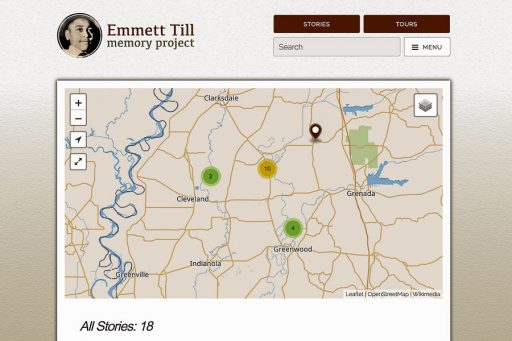
A Florida State University professor’s five-year research project has opened a new window of understanding about the brutal murder of 14-year-old Emmett Till in 1955 that became a catalyst of the civil rights movement.
Davis Houck, FSU’s Fannie Lou Hamer Professor of Rhetorical Studies in the College of Communication and Information, and his colleagues have launched the Emmett Till Memory Project app and website documenting locations linked with Till’s murder in Mississippi.

Houck describes the site as an engaging guide to learn more about Till and his continuing impact.
“Emmett was largely forgotten from 1956 to 1986, but his importance has multiplied exponentially in the past 30 years, most notably with the creation of the Emmett Till Memorial Commission in Tallahatchie County,” said Houck, who credits the commission with steadfastly pursuing the truth and working toward reconciliation.
“While the commission has brought thousands of tourists to the Mississippi Delta, the attention has also brought vandals who hate that Emmett Till rests symbolically, and in perpetuity, on their landscape. Our app is designed to tell his story in ways that the existing historical markers cannot. It’s out of reach to would-be vandals.”
A recent photo posted on social media showed three white University of Mississippi students toting rifles beside a bullet-riddled marker commemorating the location where Till’s body was pulled from the Tallahatchie River on August 31, 1955. That location and several markers have been repeatedly vandalized over the past decade.

Houck’s digital storytelling approach, employing GPS technology and smartphones, insulates this history from vandals and gives every smartphone user a virtual tour guide.
“We know the best way to reach tourists is through our smartphones,” Houck said. “The Till app allows them to easily navigate their way through a confusing landscape — both historically and geographically — and have a dynamic commemorative experience.”

It’s also an immersive experience. Till’s story is told from the perspective of 18 meticulously mapped and photographed locations in Mississippi, and each site provides an accurate narrative curated by Houck, University of Kansas Professor Dave Tell and Pablo Correa, who was the project’s photographer and videographer before going on to earn a doctorate in communication at FSU.
As a result of these scholars’ work, app users can access many archival documents and photographs related to each site. For example, anyone with a smartphone can check out the abandoned Bryant’s Grocery and Meat Market, where the Till story started, and download materials relevant to that location.
“Part of our vision for the app and website was to link to primary source documents housed in FSU’s Emmett Till Archive, which is an ongoing project,” Correa said. “We will continue to build out each location and add new sites as documents become available.”
The app also suggests an abbreviated tour for history seekers short on time. They’re encouraged to drive “The Essential Emmett Till” tour to maximize their experience.
The Emmett Till Memory Project app is available on Curatescape.




